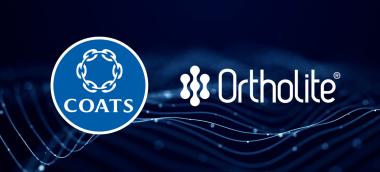Kraig Labs Spider Silk Production Operations Unaffected by Southeast Asia Typhoons
Kraig Biocraft Laboratories, Inc., a world leader in spider silk technology*, announced that its production operations in Vietnam remain fully secure and uninterrupted following the recent series of typhoons that have impacted parts of Southeast Asia.
Kraig Labs confirmed that its spider silk production facilities and infrastructure sustained no damage or disruption, including its mulberry feedstock supplies, from the severe weather events that caused widespread flooding in lowland regions. The Company’s strategic decision made in 2024 to relocate its operations into the protected highlands has proven to be a highly valuable investment in operational resilience and long-term stability.
Kraig Labs also confirmed that its former facility in Quang Nam province, which has since been closed, was among the areas affected by flooding. However, all Company equipment, staff, and production assets had been permanently and successfully relocated from that site in September, well ahead of the storms.
In addition to moving its infrastructure and production to the highlands, Kraig Labs has implemented a strategy of maintaining multiple, parallel production facilities. This approach not only supports scalability but also serves as an additional safeguard against potential disruptions from natural disasters or other unforeseen events. By building redundancy and flexibility into its production network, the Company continues to strengthen the foundation for long-term growth and reliability.
"Our hearts go out to the many people and businesses across the region who have suffered loss and devastation from these storms. Kraig Labs will be contributing to the relief and recovery efforts, helping those who have been devastated by these disasters," said Kim Thompson, Founder and CEO of Kraig Labs. "We are deeply grateful that our facilities and personnel are safe, and we remain fully operational. Our highland infrastructure investments have demonstrated their strength and strategic importance."
Kraig Biocraft Laboratories





























